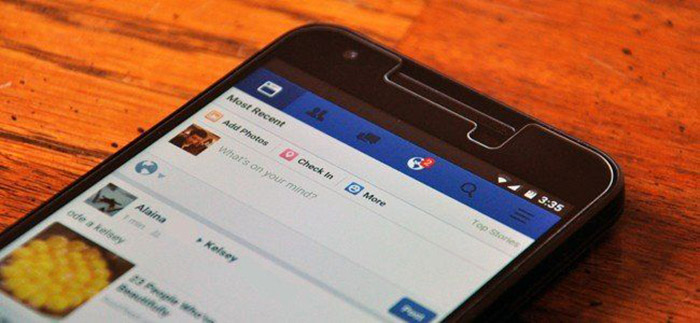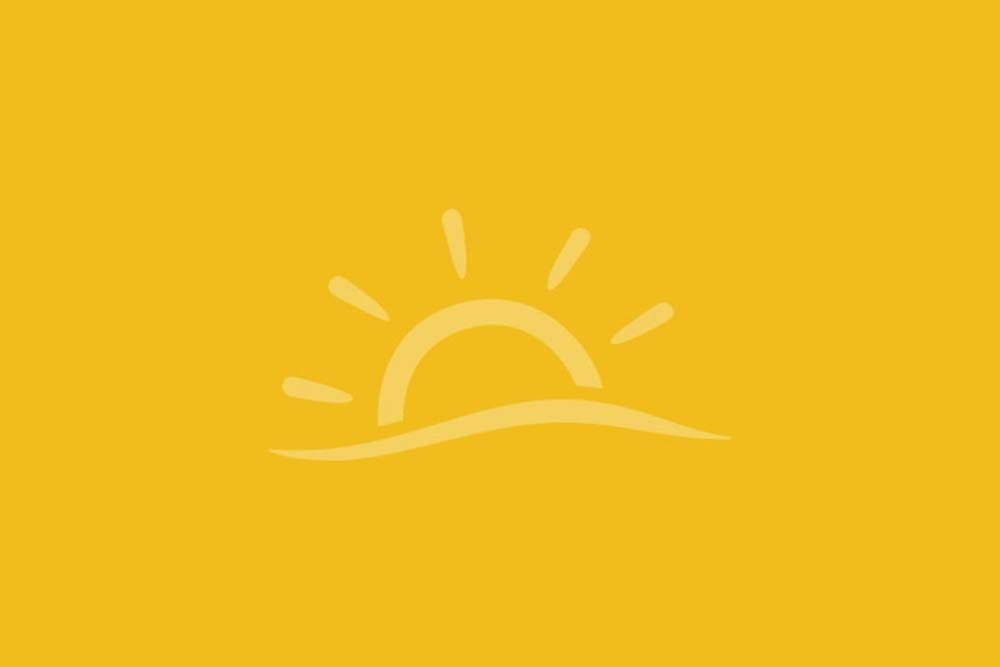2020 started out with so much promise. Cut to a year later and – well, we know how it turned out. But in as much as the year was an upheaval, it was also in many ways an instrument of evolution. And in business as in personal lives, it’s out with the old, in with the new.
Now a few days into our New Year, what’s in and what’s out?
OUT: Everybody commutes to the office. The pandemic answered the question, “Could people work from home?” The answer was a definitive yes. The WFH experiment has been so successful, stories of epic rush hours (“I used to commute two hours uphill in the snow to get to work”) could become the tall tales Millennials one day tell their grandchildren.
IN: Some people go to the office. In the future, the standard work schedule will be no standard at all. Four-day work weeks, staggered schedules; the so-called “6-2-2” approach –all are options on the table. Google just announced its own home-office pilot of a hybrid program, signaling the rise of the new workplace, and perhaps the beginning of the end of the 9-5.
OUT: Invisible children. It already seems like a lifetime ago that working parents told us they were afraid to tell the boss they were pregnant.
IN: Kids in the spotlight. Dire family conflicts had many employees (mostly women) reconsidering careers. The potential benching of a third of the workforce proved too big to ignore. “Coronavirus,” wrote the Boston Globe pointedly, “is making Corporate America realize that child care isn’t someone else’s problem.”
OUT: The belief that parenting stops at kindergarten. The fantasy was that child care problems magically disappeared once children start riding the school bus. The now undeniable reality (one parents have known for years) is that 10-year-olds don’t attend their own parent-teacher conferences or drive themselves home from school.
IN: The recognition that family challenges outlast preschool. If the pandemic taught us nothing else, it’s that older children still require parents’ attention, even when book fairs and science projects are replaced by calculus and college applications.
OUT: Frontlines in the background. Last year, we predicted 2020 would be the year of the frontline. Little did we know how right we’d be. There aren’t enough thank yous for the work these people continue to do.
IN: Frontlines center stage. It’s not uncommon for employers to seek tens of thousands of these important employees, giving rise to increased care and career perks, and explaining why signs outside of retailers are just as likely to advertise the benefits they offer employees as the products they offer customers. “The frontline worker is one of the main competitive advantages,” one industry consultant told Forbes. “We need more focus on how to maximize that potential.”
OUT: WFH means you don’t need child care. Intellectually we knew this wasn’t true. But it took a year without school – not to mention stories like this and this and of course this – to prove it.
IN: Responsive workplaces. If there’s a silver lining to the pandemic, it’s the number of employers who rushed in to meet employees where they are. Learning pods; study clubs; child care centers launched in a few weeks were just some of the developments. A surge in back-up requests showed employers were looking out for older parents, too. As FastCompany put it, “the pandemic paved the way for more flexible benefits in 2021.” Bonus points for all the pulse surveys allowing employers to see and react to the trouble spots. Expect it all to stick.
OUT: Degrees as the only path to learning. The pandemic exacerbated worries about paying for college, prompting second thoughts among high school students about the traditional route to an education – and increasing the number of people looking to their employer for help.
IN: Support for non-traditional students: Sinking college enrollment paired with speed-of-light skills transformation should have employers thinking about new ways to train their own employees. Many already are. “Our findings show that one-third of American workers, with some training and new skills acquisition, have the potential to access higher income occupations that are forecasted to grow in the future,” reads a recent Accenture study. Extra bonus: education support opens career pathways for traditionally underrepresented groups, making education strategies a solid tool for D&I. Talk about an opportunity.
OUT: Intolerance. Racism and bias (unconscious or otherwise) is finally getting discussed out loud. Long, hard conversations are taking place inside companies and between business leaders. They need to continue.
IN: Compassionate workplaces. Anguish over a year unlike any other has put workplaces in a different light. Employers are tuning into concerns about burnout. Mental health is on the front burner. Terms like OK Boomer (remember when that was our biggest headline?) have faded. The lessons will (hopefully) be long lasting.
For those thinking that not much about 2021 has changed yet – it’s true; there’s still a long slog ahead. But last year at this time, we were on the outside looking in at a crisis we didn’t even know was coming. This year, we’re on the inside looking out toward the other side. That’s something.
So long 2020.
A safe, healthy, and inspired 2021 to all.





